#asia minor
Text

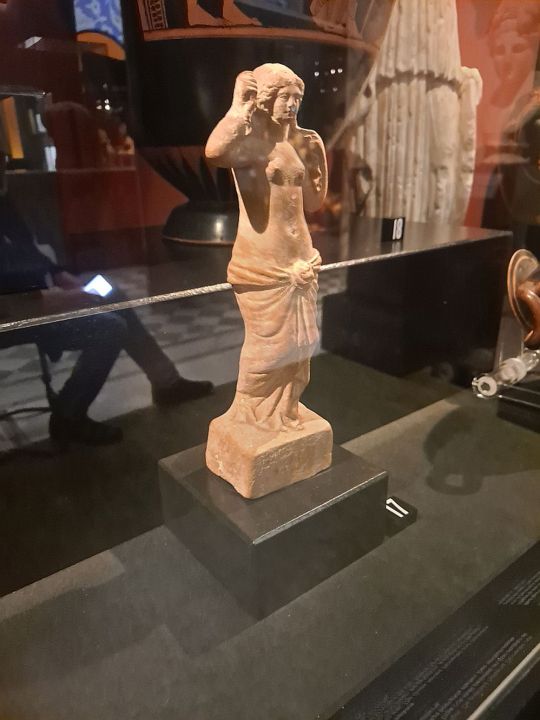

Aphrodite
* Asia Minor
* 300-100 BCE
* terracotta
* Medelhavsmuseet, Stockholm
Stockholm, November 2023
#Aphrodite#goddess#ancient#Greek#art#terracotta#statuette#2nd century BCE#3rd century BCE#Asia Minor#Medelhavsmuseet Stockhom#Swedish Museums#my photo
220 notes
·
View notes
Text
Artemis Quick Facts
Some of my notes from the books and papers I've read about Artemis.
In the 2nd century at the capital of the Roman province of Asia, Ephesus, Artemis was publicly declared to be "forever the greatest of all the gods".
Her name's etymology is unknown, likely pre-Greek. Her name was popularly believed to mean "healthy", meaning she makes people feel safe and healthy.
Artemis was extremely popular goddess, one of the most popular Greco-Roman gods.
Pausanias notes: "But all cities worship Artemis of Ephesus, and individuals hold her in honor above all the gods…" (4.31.8)
Dr. Rietveld described Artemis Ephesia as an "universal goddess".
Artemis subsumed and was amalgamated with many goddesses, including Kybele, Hekate, and Isis.
She was widely seen as a compassionate and loving god, as she’s always willing to listen and respond to the needs of her people.
She was popularly seen as a goddess of protection and life.
She was famous throughout the Roman Empire for her vivid manifestations, in real life and in dreams.
Hence many sanctuaries, shrines, altars, and temples were built in her honor.
From countless thanksgiving writings she was called "Our Lady".
Her sanctuaries and temples were typically asylum sites.
She's the only Greco-Roman god with the Zodiac on her cult image.
Hence as "Queen of the Cosmos" she has transcendent powers over the cosmos, and Fate.
As Mistress Salvation, Artemis can save her people from their unfortunate fate. It's possible that through the mysteries she can give people a blessed afterlife.
The relationship between Artemis and her worshippers was a divinely directed covenant relationship, born out of genuine affection towards Artemis.
Popularly Called: Queen of the Cosmos, Heavenly Queen, Savior, Our Lady, Mistress Salvation, and Fate Goddess.
Thank you for reading, I hope you enjoy this and learned something new about Artemis.
Sources:
James Rietveld’s “Artemis of the Ephesians”
Mary Gabrielle Galvin "BIOΣ ~ APTEMIΣ"
Richard Oster’s “The Ephesian Artemis as an Opponent of Early Christianity”
Margaret C. Mowczko’s “The Regalia of Artemis”
Paschidis' "Artemis Ephesia and Herakles"
Chaniotis' "Megatheism"
#artemis#greek gods#hellenic pantheon#ancient rome#diana goddess#roman history#anatolia#asia minor#ancient greek#roman mythology#classical mythology#classical period#hellenism#ephesus#ionia#greek mythology
148 notes
·
View notes
Text
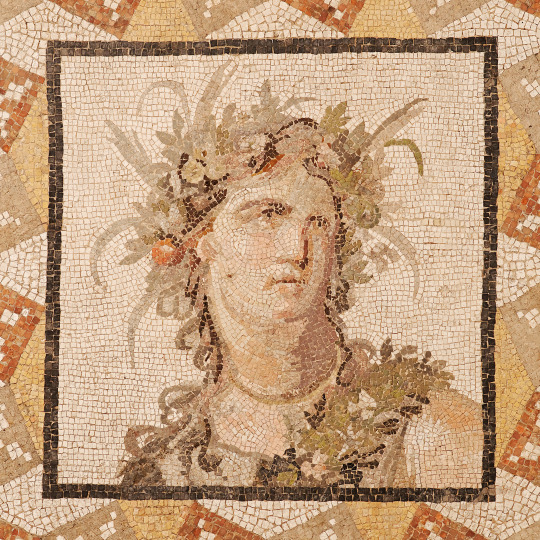
Emblema from an ancient Roman mosaic, depicting a woman wreathed with flowers and wearing a floral garland over her left shoulder. Artist unknown; 2nd cent. CE. From a villa at Daphne, near ancient Antioch = modern Antakya, Turkey; now in the Metropolitan Museum of Art.
#classics#tagamemnon#Ancient Rome#Roman Empire#art#art history#ancient art#Roman art#Ancient Roman art#Roman Imperial art#mosaic#ancient mosaics#Anatolia#Asia Minor#Metropolitan Museum of Art
516 notes
·
View notes
Note
I haven't seen many mention it but in Germany there's this huge Pergamon Altar (Ancient Greek: Βωμός τῆς Περγάμου) in Germany , which was a monumental construction built during the reign of the Ancient Greek King Eumenes II in the first half of the 2nd century BC.
The altar is grand and huge. First how they brought it here and second why the media doesn't mention it as well to be brought back. Too huge? Okay then how about the statues of Aphrodite and Niki of Samothrace which are in Louvre? Weren't they stolen as well?
Ah yeah it is fantastic

How on earth they transferred this all the way to Germany should be the eighth wonder of the world.
I believe the reason this is not talked as much is because it raises the hard question of where it should go. It is a Greek monument but it's actual location was where modern-day Turkey is. I personally think monuments should return to the exact place of their creation.
If Turkey showed indifference to deal with it though, then it should come to Greece. And if Turkey wanted to accept it, then Greece should monitor whether it's being looked after as it should and whether the information given to visitors about it is accurate, because Turkey has this 'lil' habit of calling every Greek monument it has as "Roman" or "Anatolian", regardless of the date of creation or the inscriptions on them or any other historical record...
As for Venus de Milo and Nice of Samothrace, yes, they should be returned immediately as well and again, I think the originals should go to Milos and Samothrace respectively. Athens could have replicas I guess. I know it might not be very practical as more people would go to Athens than to the islands but what can I say, I am a romantic.
21 notes
·
View notes
Text
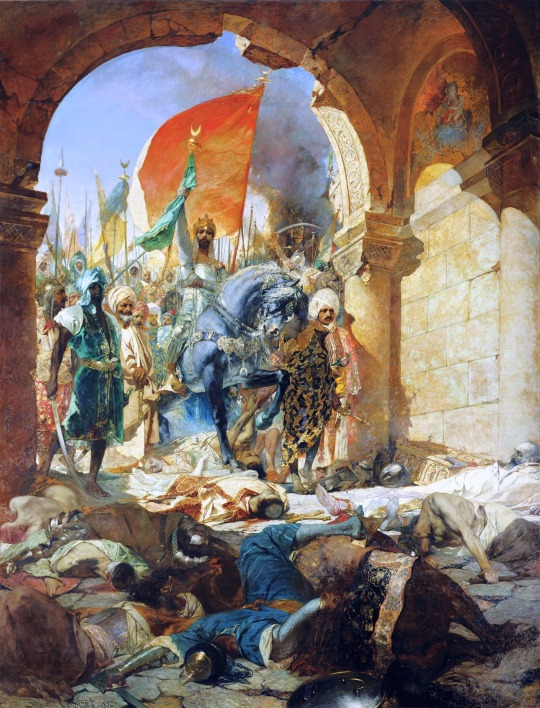
Entry of Sultan Mehmed II in Constantinople
by Jean-Joseph Benjamin-Constant
#sultan mehmed ii#mehmed ii#constantinople#art#painting#europe#asia minor#history#ottoman#ottomans#turkish#turkey#jean-joseph benjamin-constant
106 notes
·
View notes
Text

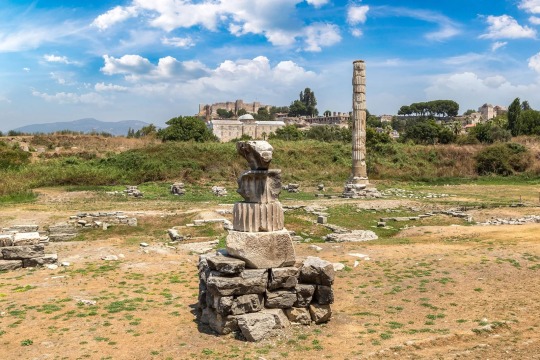


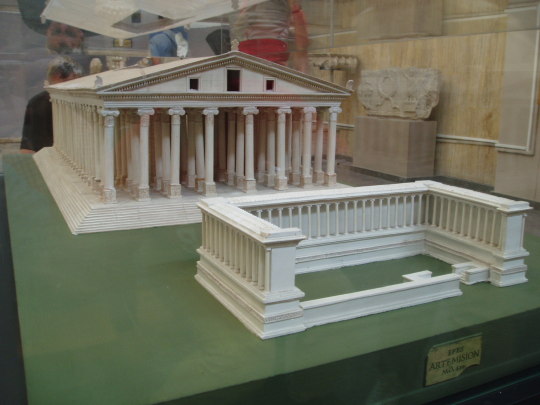




The Temple of Artemis at Ephesus 8th C. BCE.
"Those who first built temples to the Gods . . . Otrera, an Amazon, wife of Mars [Ares], first founded the temple of Diana [Artemis] at Ephesus."
-Hyginus, Fabulae 225
#artemis#ancient greece#antiquities#history#amazons#otrera#wonders of the world#literature#ares#pagan#paganism#temple#museums#asia minor
45 notes
·
View notes
Text
Exploring Greece in the Pre-Homeric Era

View On WordPress
#aegean#Agamemnon#archeaolgy#archeology#art#asia minor#corinth#crete#culture#cyclades#egypt#epic#german#greek#helen#history#homer#homeros#iliad#knossos#mesopotamia#minoan#minoan crete#mycenae#poem#prehistoric#Schliemann#travel#troy#turkey
2 notes
·
View notes
Text






3 notes
·
View notes
Text


Roza of Smyrna (2016) dir. Giorgos Kordelas
#greece#greek#greek cinema#turkey#turkish#hagia sophia#istanbul#constantinople#romance#byzantine#christian#asia minor#anatolia#greeks#cinema#movies#greek movies#2016#roza of smyrna#movie stills
6 notes
·
View notes
Text
Tw: graphic scenes of disaster, live footage of earthquake and collapsing buildings, death

youtube

youtube

youtube

youtube
I'm not Turkish or Syrian, so please go to the #syria earthquake and #turkey earthquake tags and boost their disaster relief posts. From my own experience, simply seeing people bear witness, talk and care about what's happening to your home helps a lot, and every little bit of money counts.
#turkey earthquake#syria earthquake#disaster#disaster relief#tw graphic scenes of disaster#tw death#tw earthquake#natural disasters#middle east#asia minor#current events#knee of huss#Youtube
11 notes
·
View notes
Text
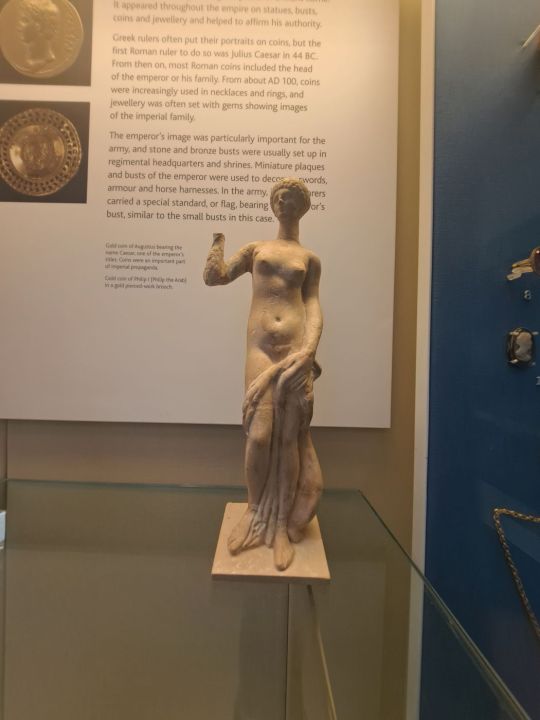
Terracotta figure of a Roman womas as Venus
* Roman, made about 60-70 CE
* Said to be from Myrina, western Asia Minor
* British Museum
London, July 2022
#Venus#Roman#terracotta#figure#1st century CE#goddess#Myrina#Asia Minor#Turkey#British Museum#my photo
34 notes
·
View notes
Text
Artemisia: The Holy Days of Artemis
In Ionia and Crete had their New Year’s on the spring equinox, the month Artemisios (Artemision in Ephesus), which is associated with the Zodiac Aries. Later during the reign of Augustus, the New Year’s was changed to Libra, the month of his birthday.
Regarding festivals and celebrations, according to Mary Galvin in her “BIOΣ ~ APTEMIΣ” described common elements of Artemision festivals were “…eating and drinking, singing and dancing, precessions, competitions and sacrifice were common activities despite local variations…” (Vol.1-1, page 243). Night time festivals for Artemis were quite common.
The 6th day of every month is devoted to Artemis. Also in Ephesus, every night of the full moon and new moon is an Epiphany celebration that featured an appearance from Artemis to people celebrating.
Artemision
Zodiac: Aries; Spring Equinox; 2023: March 20th – April 20th
Also known as Artemisios. The New Year starts off with a bang! In ~162 AD it was declared that the month, named after Artemis is sacred and no public business will be allowed.
An annual pan-Ionian festival, “Ephesia”! It was held at Panionium from the 6th to 5th centuries BC, then it was moved to Ephesus. Nocturnal festival full of competitions and banquets involving the youth. It was also characterized by choral dancing and other musical competitions. Women and children were also especially encouraged to participate.
Artemisia festival. Month long festival with processions, sacrifice, music, dancing, and competitions. It featured a torch race and winners dedicated their success to Artemis.
A marriage festival was featured in Xenophon’s Ephesian Tales. Young men and women from and around Ephesus choose their spouse. After the young adults found their partner they’ll dress up in elaborate and colorful clothes and go on a procession to the Temple of Artemis. They are accompanied with music and dancing, sang hymns to Artemis with her images surround the procession. At the Temple they newlyweds confirmed their marriage with a sacrifice to Artemis.
The beginning of Spring marks the opening of the port of Ephesus after it was closed during winter. At the harbor an image of Artemis was brought from the Artemision and cast it into the water. They believed that her power would protect sailors, navigators, and people traveling on the sea. Artemis Ephesia was known as the “Queen of the Sea”.
Numerous other festivals were observed throughout the month making the entire month practically a “Holimonth”, as the days were called “Holy Days of Artemis”.
Richard Oster states: “We can be sure that this was one of the largest and most significant celebrations in Ephesus’ liturgical calendar”.
The observation of the month was taken very seriously, even Roman officials weren’t immune to criticism when some of them were seen as impious towards Artemis’ holy days. The numerous festivals brought many tourists that brought significant income to Ephesus.
Lastly, on the sixth day the there’s the Elaphebolia. Hyampolis celebrated their victory against the Thessalians, thanks to Artemis. People enjoyed offering and eating deer-shaped cakes with honey and sesame.
Notes taken from:
Riteveld’s Artemis of the Ephesians
Mary Galvin’s BIOΣ ~ APTEMIΣ
2023 Dates: https://www.yourzodiacsign.com/calendar/2023/
#artemis#greek gods#ancient rome#diana goddess#roman history#anatolia#asia minor#ancient greek#roman mythology#classical mythology#classical period#hellenism#ephesus#ionia#greek mythology#ephesians
49 notes
·
View notes
Text

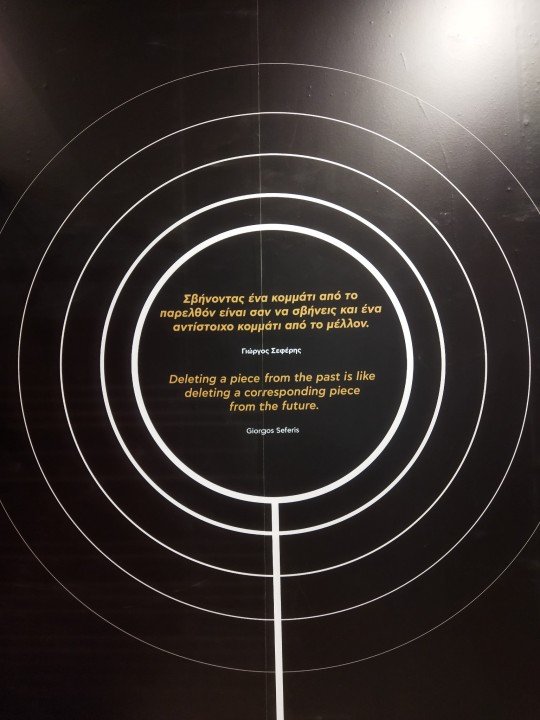
25 notes
·
View notes
Text

Map of the Roman Empire, At the period of its greatest extent about the year A.D. 107. Engraved to illustrate Mitchell's Ancient Geography. Entered ... 1875 by S. Augustus Mitchell, . ... Washington.
Source: David Rumsey Map Collection, David Rumsey Map Center, Stanford Libraries
#maps#political maps#geography#ancient history#david rumsey#map collection#roman empire#britannia#hispania#north africa#itallia#gaul#asia minor#greece#egypt#hadrian
2 notes
·
View notes
Text

Icon of the Forty Martyrs of Sebaste.
Learn more / Daha fazlası
Iconography: https://www.archaeologs.com/w/iconography
#archaeologs#archaeology#archaeological#dictionarh#history#theology#iconography#sebaste#asia minor#christianity#early christianity#art#arkeoloji#tarih#sanat#ikonografi
32 notes
·
View notes
Text
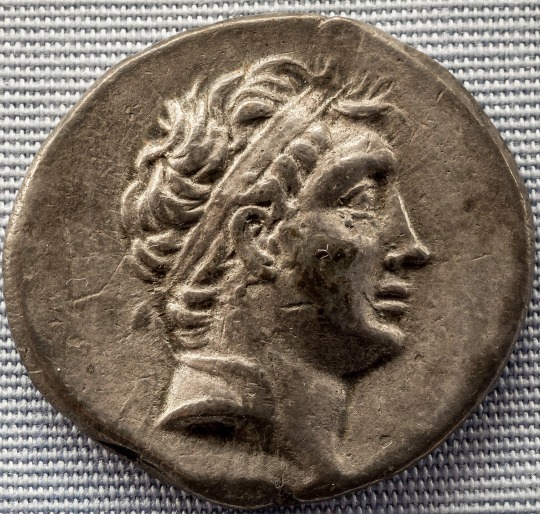
Nicomedes IV
#nicomedes iv#bithynia#silver coins#silver#coin#ancient#world#history#king#region#anatolia#northern anatolia#nicomedia#nicaea#asia minor#greeks#bithyni#thyni
14 notes
·
View notes